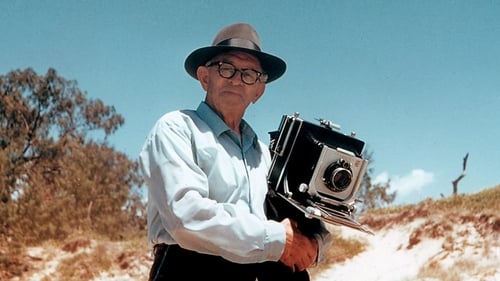
Director
This is the gripping and emotionally charged story of Tyke, a circus elephant that went on a rampage in Honolulu in 1994, killed her trainer in front of thousands of spectators and died in a hail of gunfire. Her break for freedom - filmed from start to tragic end - traumatised a city and ignited a global battle over the use of animals in the entertainment industry. Looking at what made Tyke snap, the film goes back to meet the people who knew her and were affected by her death - former trainers and handlers, circus industry insiders, witnesses to her rampage, and animal rights activists for whom Tyke became a global rallying cry. Like the classic animal rebellion film King Kong, Tyke is the central protagonist in a tragic but redemptive drama that combines trauma, outrage, insight and compassion. Ultimately, this moving documentary raises fundamental questions about our deep and mysterious connection to other species.

Director

Writer

Writer
From the native bush and orchards of Australia to the industrial farmlands of the United States and the highlands of Papua New Guinea, Honeybee Blues is a scientific detective story that tells a 21st century cautionary tale.

Director
From the native bush and orchards of Australia to the industrial farmlands of the United States and the highlands of Papua New Guinea, Honeybee Blues is a scientific detective story that tells a 21st century cautionary tale.

Executive Producer
Frank Hurley's photos of Antarctic heroes, World Wars and mysterious natives in faraway jungles grabbed the attention of all who saw them. But just how real were they? Was he a giant in photography or just a conjurer with a camera?

Director
The Irish Tapes is the first major documentary shot on portable 1/2 inch videotape. Directors Irish-Americans John Reilly and Stefan Moore filmed over a three-year period in the early 1970s with the support of the National Association for Irish Freedom, a US group associated with the Official IRA. Originally shown as a three-channel, twelve-monitor video installation, it was later edited for broadcast on
television in the US in 1975.




